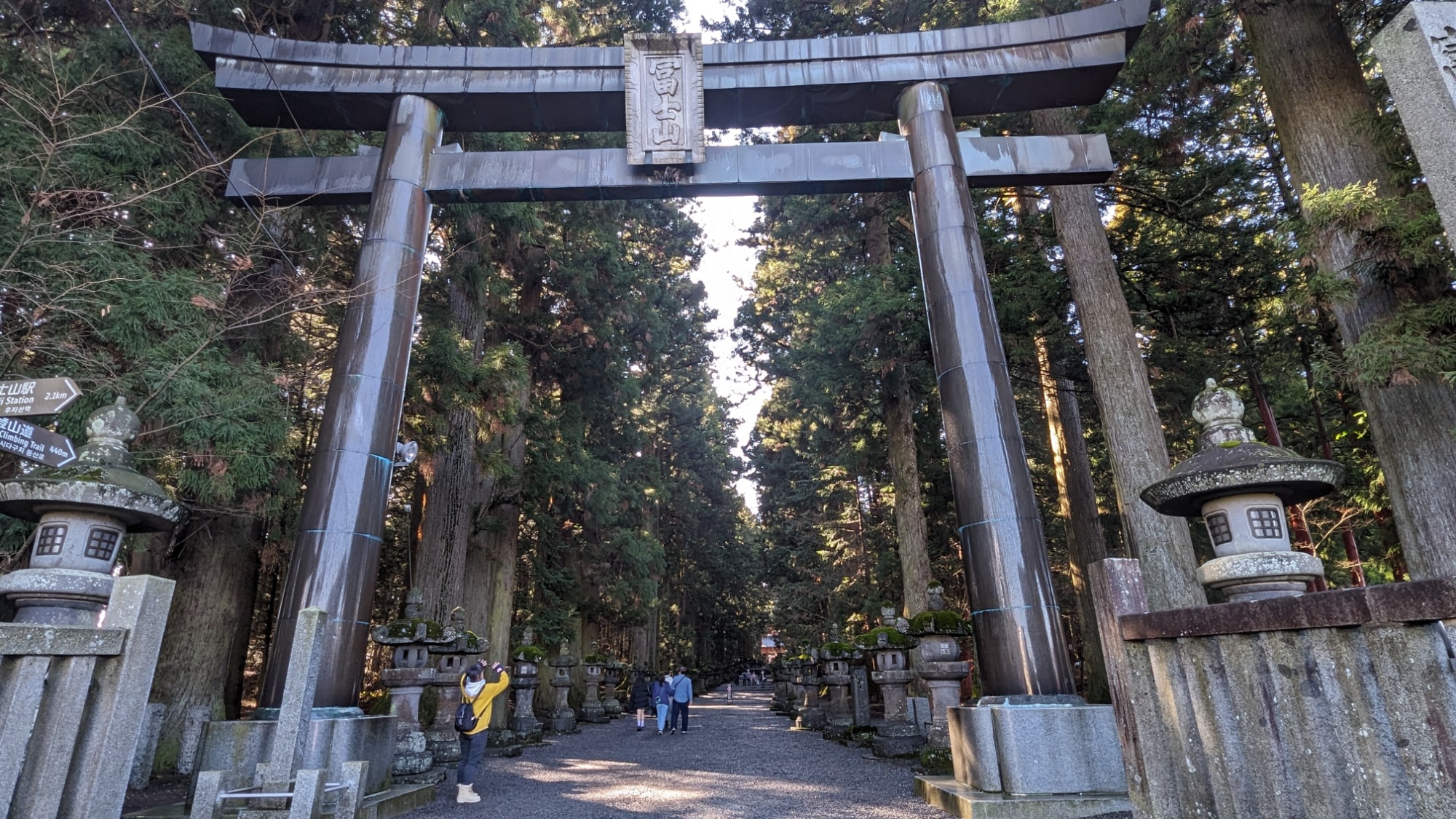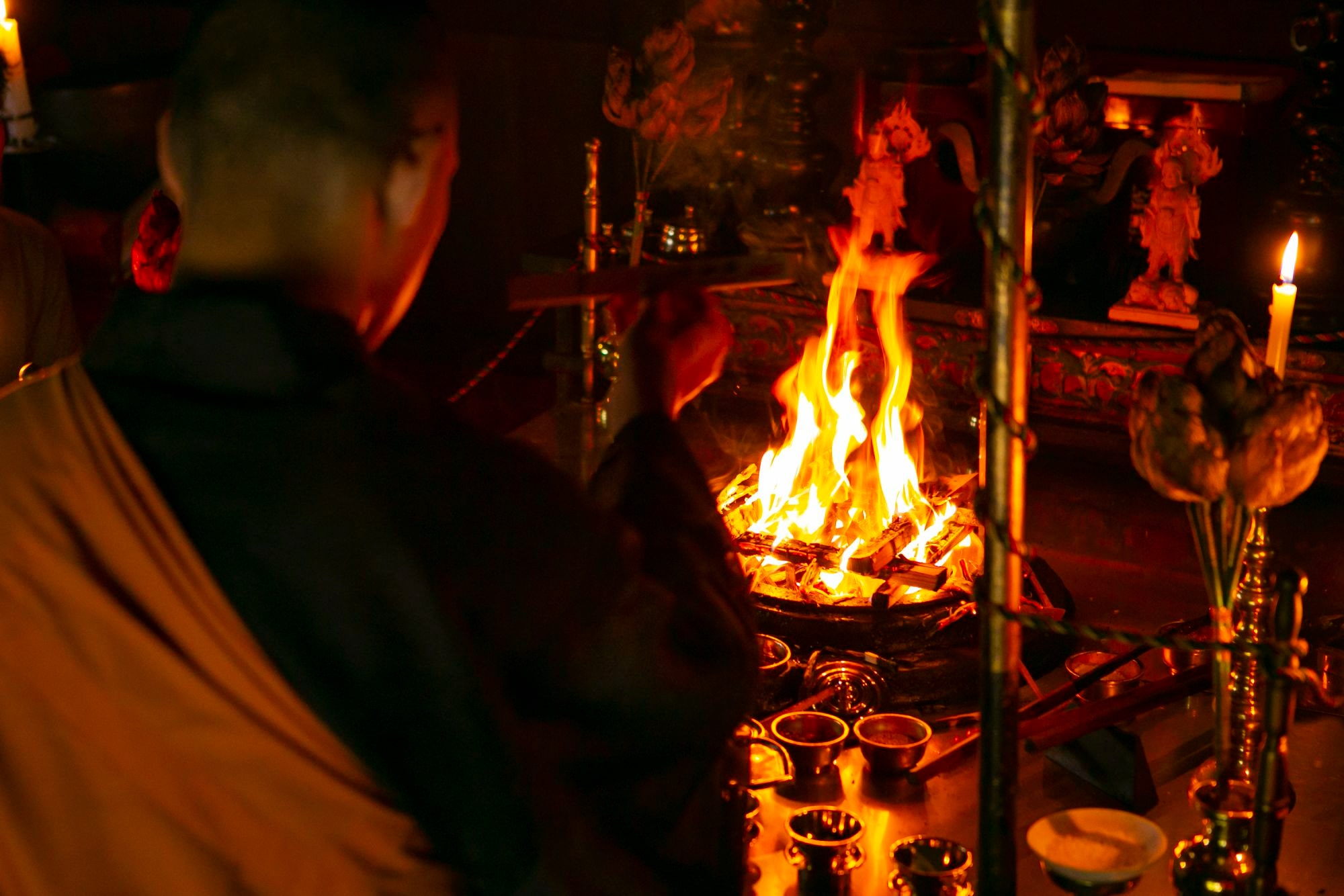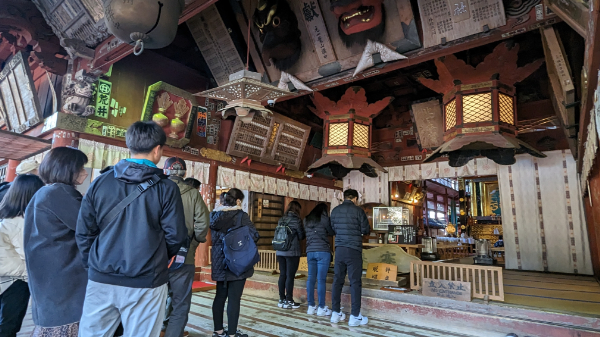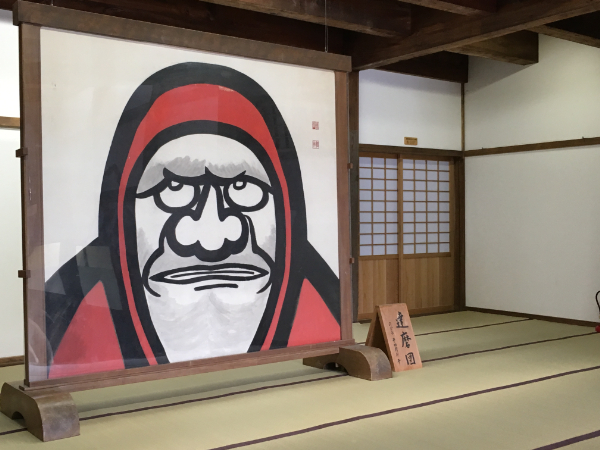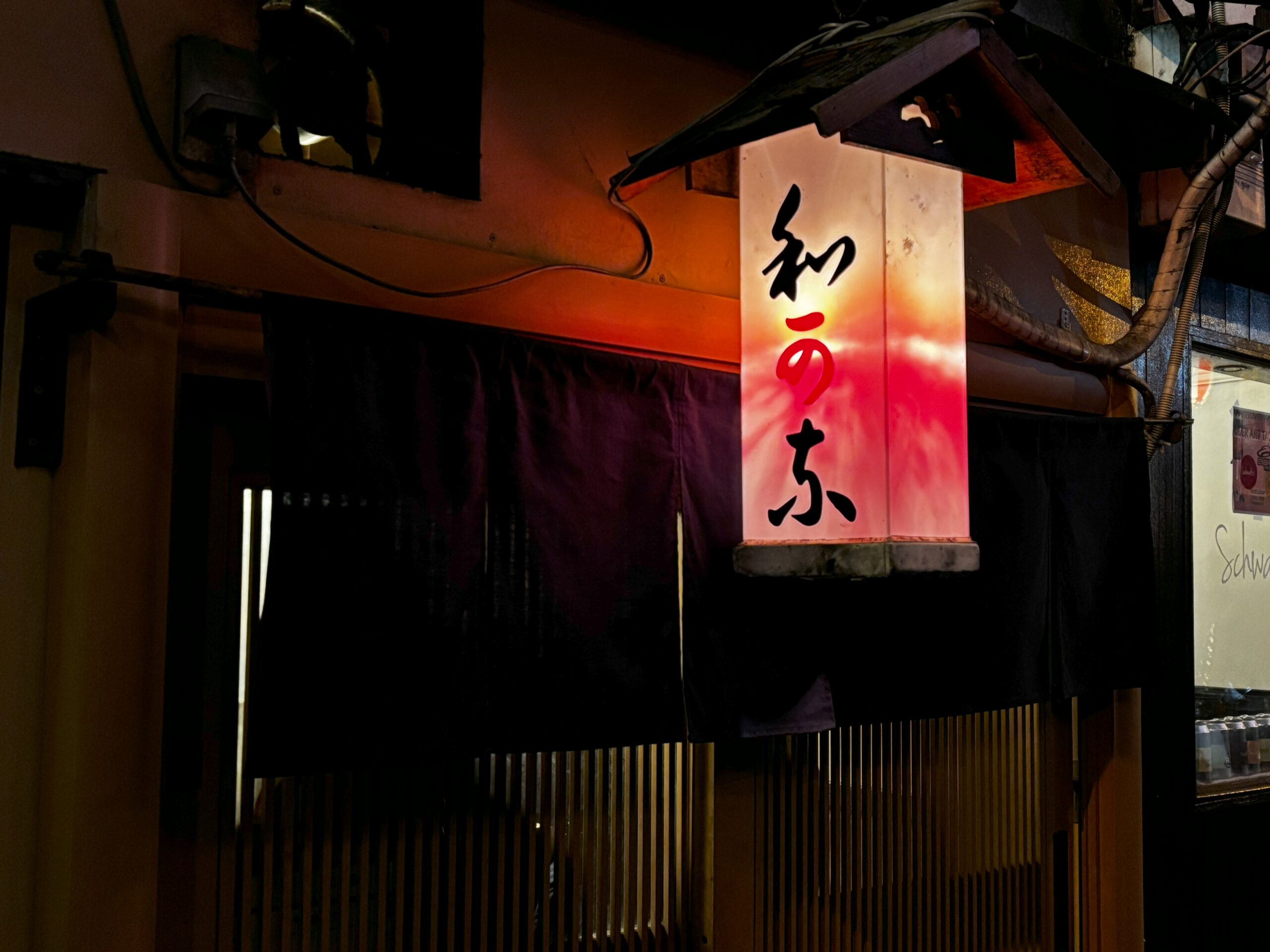Shrine and Temple
Japan’s spiritual landscape, Shinto and Buddhism walk side by side. Shinto is a deep reverence for nature that honors the forces of natural phenomenons as spirits known as the “Yaoyorozu no Kami,” the eight million gods. Shinto shrines, marked by their iconic red torii gates, serve as bridges between the human and the divine.
Buddhism, arriving in Japan in the 6th century, brought new philosophies of karma, enlightenment, and the afterlife. Buddhist temples offer spaces for reflection and meditation. Together, Shinto and Buddhism create a spiritual harmony shaping its festivals, rituals, and everyday life. Though many Japanese may not claim a formal religion, these traditions are woven into the very fabric of the nation.

